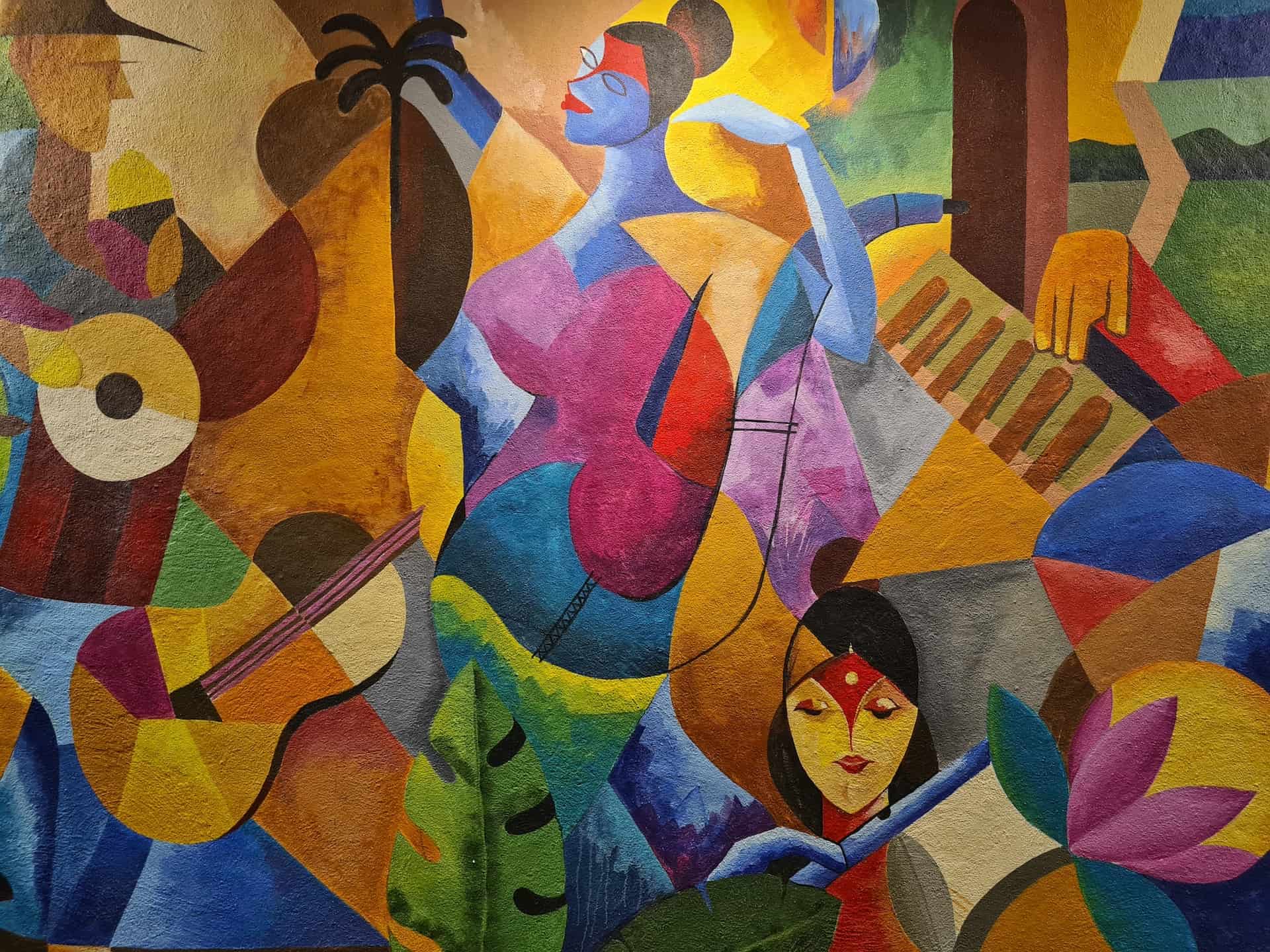Diving Into the Diverse World of Artistic Expression: From Surrealism to Abstract Realistic Look
In the world of artistic expression, from the dreamlike landscapes of surrealism to the complex play of light and kind in abstract realism, artists have actually constantly pressed the borders of creativity and imagination. As we check out the complex globe of art, we are presented with a tapestry of styles, techniques, and viewpoints that test our understanding and prompt reflection.
Surrealism: Unleashing the Subconscious
Surrealism, an avant-garde artistic motion of the 20th century, dug right into the midsts of the subconscious, revealing a globe of dream-like images and unusual juxtapositions. Spearheaded by artists like Salvador Dali, René Magritte, and Joan Miró, Surrealism sought to test the standard means of seeing and understanding art. With methods such as automatism and dream analysis, Surrealist artists aimed to use the subconscious mind to disclose hidden truths and desires.
Among the crucial elements of Surrealism was the focus on the illogical and the incredible. By incorporating unforeseen aspects in their works, Surrealist artists intended to develop a feeling of disorientation and surprise in the audience. This disruption of logic and reason was implied to provoke a deeper expedition of the subconscious and the secrets of the human mind.
Abstract Realism: Redefining Understanding
Testing typical imaginative limits, Abstract Realism redefines perception through the blend of well-known aspects with abstract types. This ingenious approach to art combines the representational accuracy of realistic look with the imaginative flexibility of abstraction, providing viewers an unique aesthetic experience that triggers them to examine their understanding of truth.
In Abstract Realism, musicians aim to capture the significance of their subjects while additionally instilling their deal with a feeling of depth and intricacy with abstract components. By mixing the acquainted with the strange, these artists invite audiences to involve with their pieces on numerous levels, urging them to explore the subtleties of color, appearance, and kind.
Cubism: Fragmentizing Reality
Using geometric kinds and fragmented perspectives, Cubism changed the artistic depiction of fact in the early 20th century. Established by Pablo Picasso and Georges Braque, Cubism looked for to challenge standard concepts of point of view and depiction. By damaging down objects and figures right into geometric forms and presenting them from several point of views simultaneously, Cubist musicians aimed to catch the significance of the subject instead than its actual appearance. This method not just deconstructed fact but additionally highlighted the flatness of the canvas, leading the way for future abstract art activities.

Cubism can be classified right into 2 major stages: Analytical Cubism, identified by single great site shade systems and intricate, fragmented types; and Synthetic Cubism, which integrated collage aspects and brighter colors into the compositions. Through these distinct stages, Cubism affected not only paint however likewise architecture, sculpture, and design. trump art. Its influence resounded across the art world, motivating musicians to discover brand-new means of standing for the globe and translating around them
Expressionism: Emotions on Canvas
Exploring the midsts of human feelings with brilliant and expressive brushstrokes, Expressionism became an extensive artistic activity in the early 20th century. Unlike previous art activities that concentrated on depicting the external globe, Expressionism explored the interior realm of the musician's psyche, intending to evoke raw feelings and prompt visceral reactions from viewers.
Expressionist musicians, such as Edvard Munch, Egon Schiele, and Emil Nolde, rejected standard notions of elegance and realism for distorting kind and color to communicate subjective feelings. The usage of overstated brushwork, bold shades, and distorted figures aided create a feeling of worry, alienation, or passion in their works.
Among the most well-known instances of Expressionism is Munch's "The Scream," which captures the intense anxiousness and despair of contemporary life via its swirling, distorted figure against a blood-red sky. Via their emotionally charged jobs, Expressionist musicians looked for to challenge traditional imaginative norms and offer a home window into the unstable midsts of the human heart.
Contemporary Art: Progressing Perspectives

One of the defining features of contemporary art is its constant development and capacity to adjust to changing cultural landscapes. Artists are significantly including modern discover here technology right into their practice, blurring the lines between the electronic and physical worlds. This blend of tools permits innovative ways of storytelling and engaging with audiences in a much more interactive way.
Additionally, modern art often serves as a platform for social commentary, dealing with pressing problems such as identity, politics, and the environment. Artists are using their work to spark important conversations and provoke thought, clarifying the complexities of the world we live in. As viewpoints remain to advance, modern art remains a significant and vibrant pressure in shaping our cultural landscape.
Verdict
Finally, the globe of creative expression encompasses a large range of activities and styles, each with its very own special technique to communicating meaning and feeling. From surrealism's expedition of the subconscious to abstract realistic look's redefining of assumption, and from cubism's fragmentation of truth to expressionism's portrayal of feelings, art remains to develop and test viewpoints - trump art. Contemporary art shows the ever-changing globe we stay in, providing new means to translate and understand the intricacies of our truth
As we explore the complex world of art, we are presented with a tapestry of designs, techniques, and ideologies that challenge our understanding and prompt consideration. Its influence reverberated throughout the art world, motivating artists to explore brand-new ways of representing the globe and interpreting around them.

Comments on “Discovering the Influence of Trump Art on Contemporary Political Discourse”